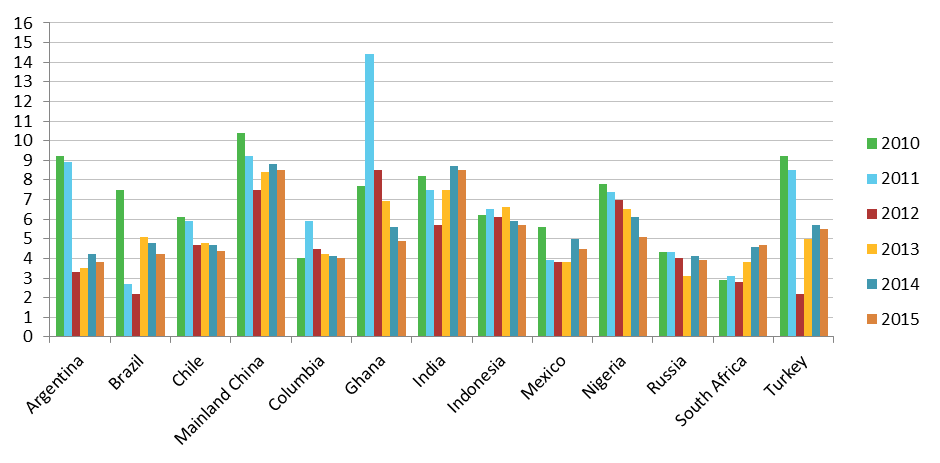GT BRIEFING: April 2013 -- Realizing the Promise of New Geographic Markets
April 2013: How much does geography matter any more? As the world becomes increasingly urbanized and consumers become more connected across borders, as well as new geographies, there are other high growth markets to consider, whether cities, regions, or communities.
In our October 2012 briefing we talked about the rise of the BRICS and beyond and how this is giving rise to new forms of competition – as well as new competitors hungry for growth, and countless innovations. Home market competitors from BRICS markets are extending their presence on the global stage, particularly into other high growth markets, leveraging strong bases in their domestic markets. The mindset of many of these players is focused on aggressive expansion and investment, in contrast to the consolidation and risk management mindsets of many traditional, developed markets players.
But it’s not just the high growth geographic markets that business needs to focus on – the developed world will still be home to a significant amount of the world’s consumption for the forseeable future. One in particular, the U.S., is even being touted as the next “emerging” market! What’s going on?
In this briefing we take a look at some of these “new geographic” markets – some aren’t geographic, some aren’t new, but all will have a bigger role in future – and what it might take to realize the promise of growth within them.
Continue






